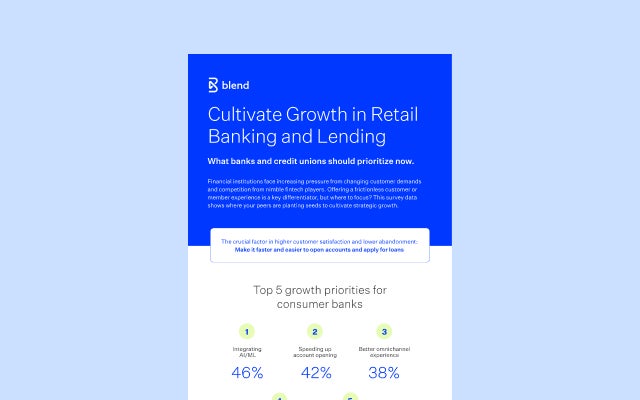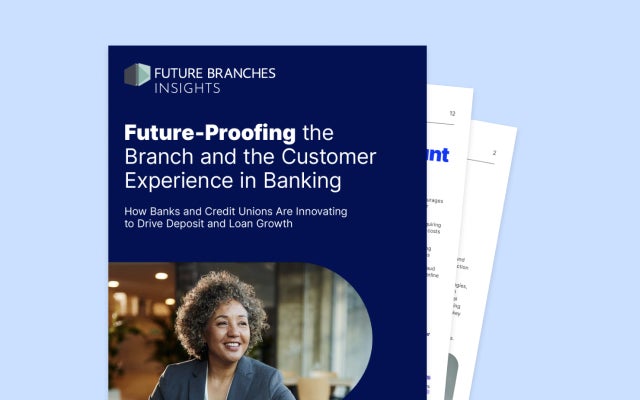April 9, 2020 in Thought leadership
Webinar: Leverage digital transformation to nail customer acquisition
Join Blend, Bob Meara of Celent, and Eric Somers of BMO Harris Bank as we discuss Celent’s seven habits of effective digital customer acquisition.

Note — this is the fifth section of our content series: Redefining digital transformation.
Your onboarding experience is fundamental to the long-term viability of the relationships you form with your customers. But getting this “hello” right can be tricky, especially if this your bank’s first foray into digital engagement. When leveraged correctly, digital transformation supported by a dedicated partnership can help create an acquisition experience your loyal customers will remember you for.
In this webinar, Blend’s Consumer Banking product lead, Alden Seabolt, talked with Bob Meara of Celent and Eric Somers of BMO Harris Bank. The three discussed Celent’s seven habits of effective digital customer acquisition. From challenging historical KYC practices to the importance of answering customer questions, they reveal a new playbook for harnessing the latest in technology. Watch the webinar to dive deeper.

Too busy to watch? Download our executive summary
Too busy to watch?
Habit one: Begin with the end in mind
An acquisition strategy is ultimately a philosophy on how to begin — and more importantly maintain — a relationship. Thinking early on not only about your “hello” but also about all of the possibilities to stay connected over time will help ensure a mutually happy, lifelong connection.
Rather than approach leads with a hard-sell offer out of the gate, consider recommending an easy way for them to learn something new. Continue to build the relationship by inviting an open dialogue, whether through a chat experience or allowing them to indicate their preferences. One of the best ways to engage a new lead is to ask what brought them to you, which you can easily do with an automated email. Use their inputs to guide them along a seamless journey that ultimately returns to product discovery.
Habit three: Minimize friction in the customer experience
Minimizing friction at the point of entry is fundamental. Consumers are approaching banks with the framework of interaction they’ve built based on relationships with the Amazons and Apples of the world. Every part of the acquisition journey should require as little work from the customer as possible to encourage the prospect to take the next best step.
Be context sensitive by maximizing your awareness of what the customer might know based on what they’ve seen so far, and building on that, what additional information they might need to make a decision. Minimize data entry by automatically filling fields on forms, reducing the number of fields in forms, and not asking for the same information in multiple places.
Mobile devices have become the de facto mechanism for online shopping, so ensure you fully leverage mobile. At a very minimum, test your website pages’ design as well as load times on mobile devices. A poor mobile experience sets the tone for the relationship that you are hoping to build with prospective customers.
Habit five: Take a broad view of digital
Digital onboarding is just one component of the fully digital experience lending customers will expect. Nailing the application process, for example, is a good start, but will be undermined by lagging experiences across the rest of their journey.
While you might have historic assumptions about what can feasibly be accomplished digitally, or what your customers would want to experience digitally, revisit these sacred cows. Consider what the next 20 years could look like in terms of product features you’re building, workflows you’re creating, and how technology infrastructure could change. Also look at what your competitors in your space are offering, as well as what companies with similar audiences to yours are offering.
Once you’ve aligned on what you’d like to digitize, critically examine processes, so that you make decisions inclusive of all process steps. Don’t forget parts of the process that happen via phone or mail today — even they could potentially happen online.
Find out what we're up to!
Subscribe to get Blend news, customer stories, events, and industry insights.


